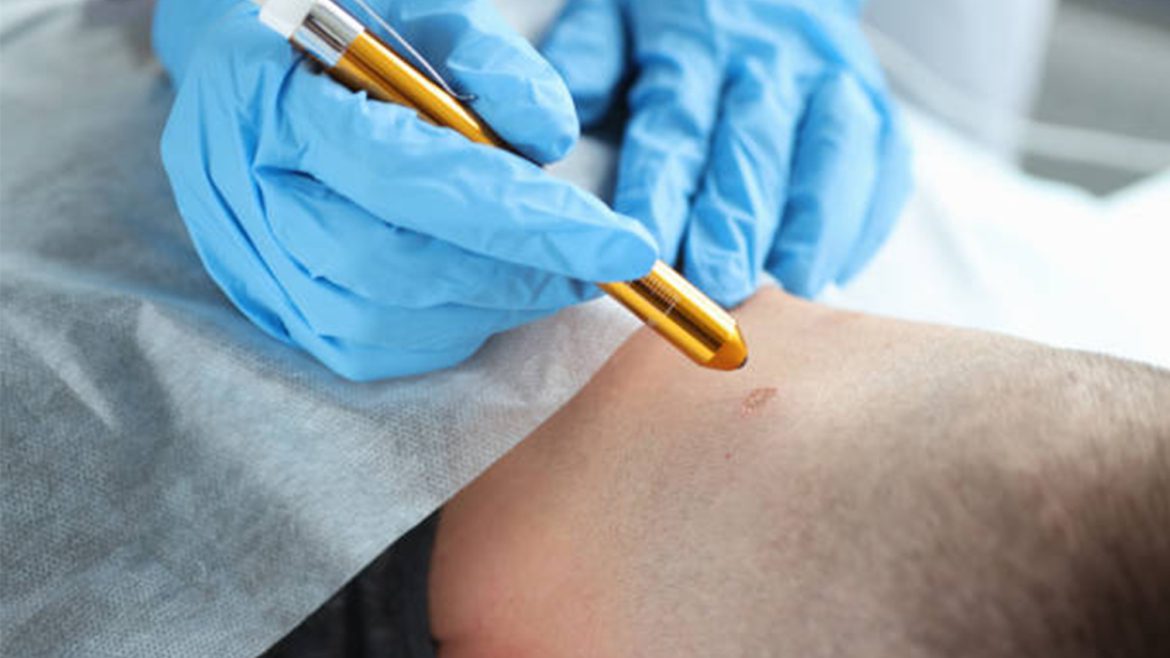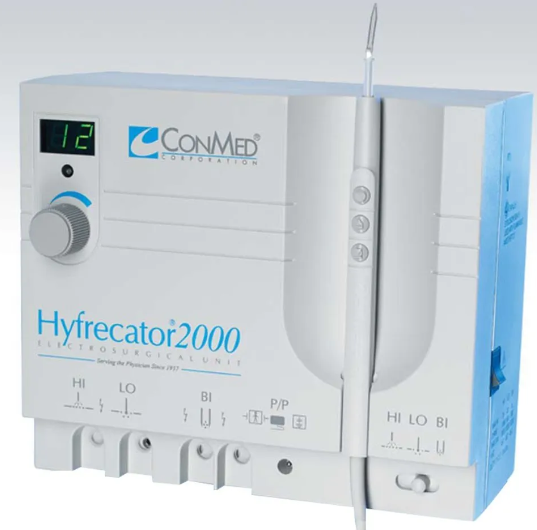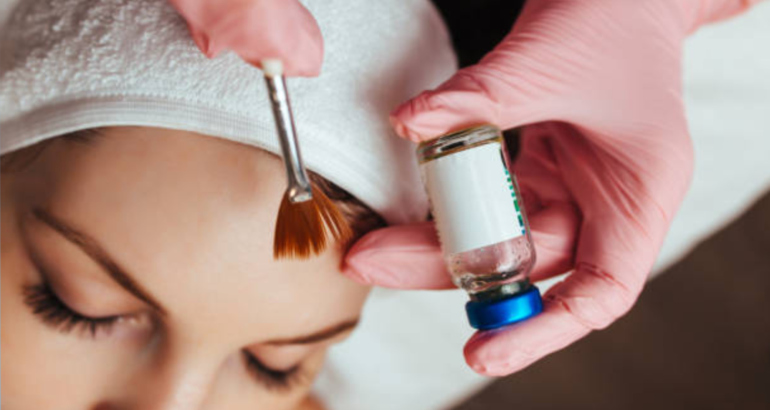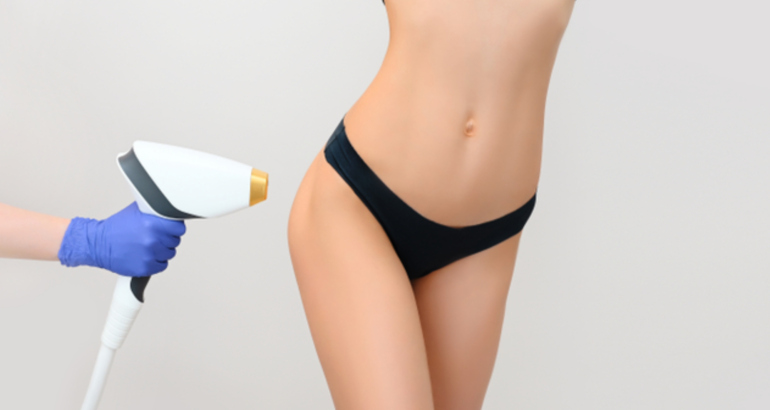Skin Tag removal, Wart removal, Syringoma removal, Seborrheic Keratosis removal Treatment
Skin tag, and wart removal is a very common procedure that people are looking for, especially if they have worn jewelry chains for a long time or have chronic conditions like Diabetes. Usually, normal skin might develop these conditions. A pedunculated lesion with a short stalk is how it presents. Adults commonly have skin tags, and their likelihood of doing so increases as people get older. Patients who are fat and those with diabetes mellitus usually have them, according to observational studies. Skin Tags may be a cutaneous indicator of metabolic syndrome and insulin resistance. Additionally, skin tags are more common during the second trimester of pregnancy and may regress after delivery.
Skin Tags typically develop in areas of friction, particularly the axilla, neck, inframammary, and inguinal areas. When they are traumatized (such as when they are trapped on jewelry or scraped by clothing), they develop symptoms.
Two popular procedures used to remove these conditions are Cryofreeze using nitrogen and Hyfrecator.
Cryofreeze treatment
Cryotherapy, which uses liquid nitrogen to induce a chemical burn, causes a superficial chemical burn. This is used to remove various benign and even precancerous skin blemishes.
What to expect during Cryofreeze?
• Expect redness at first, along with itching or burning pain. Any substantial soreness can be relieved with Tylenol (if you can take Tylenol) or cold compresses.
• Over the next few days, blisters may appear on the treated area(s). It’s possible that the blister will start to drip or drain, and it will be clear or bloody.
• Skin at the treatment location may be darker or lighter when the lesion cures; this usually resolves after a few weeks.
Aftercare instruction for Cryotherapy
• Use Vaseline regularly to relieve inflammation and prevent scab formation.
• If the blister is stiff and painful, clean it with alcohol and pierce it with a sterile (alcohol-cleansed) needle. Before and after this treatment, wear gloves or wash your hands immediately.
• Apply Polysporin antibiotic ointment or Vaseline and a bandage if the wound is open or draining.
• Don’t pick or pull at the scab. Allow the wound to heal fully.
Do I need extra treatment if the lesion persists?
If the lesion persists 3 to 4 weeks after therapy, please return to the clinic for extra treatment.
Hyfrecator treatment
In a clinical setting, a hyfrecator is a medical device used to perform electrosurgery on conscious patients. It is designed to kill tissue and control bleeding during small surgeries immediately. The device sends low-power, high-frequency, high-voltage AC electrical pulses directly to the affected area through an electrode attached to a handpiece. Although it is not necessary for the device to function, a continuous electrical spark discharge may occur between the probe and tissue, particularly at higher power settings. The hyfrecator has adjustable output power and comes with various tips, electrodes, and forceps.
The hyfrecator is a versatile tool that can be used for various dermatological procedures. It can remove stubborn warts, pearly penile papules, and sebaceous gland disorders. It can also stop bleeding, remove unwanted hair, treat small veins, and potentially even help with skin malignancies like basal cell carcinoma. The hyfrecator can be used multiple times in the same area for more significant tissue destruction, which can be useful for reducing the size of large subcutaneous structures like plantar warts.
How is Hyfrecator compared to Cryofreeze?
We found hyfrecator extremely effective in this skin condition. It has minimal downtime. It feels like getting small rubber band snips. As the treatment is done, it forms a layer of hard skin called cautery over the treatment area, causing fast recovery and no bleeding. Hyfrecator has minimal to no downtime and can be done very focussed on the targetted area.
Cryotherapy and electrocautery are both common medical procedures used to treat various skin conditions, but they have different mechanisms and come with their own set of advantages and disadvantages.
Here’s a comparison of cryotherapy and Hyfrecator or electrocautery:
Cryotherapy is non-invasive, has minimal scarring, is a quick procedure that takes <30 mins to complete, is a versatile treatment, and can be used for warts, skin tags, and other precancerous lesions. You might need multiple sessions, have discomfort and mild pain during and after the procedure, observe redness and swelling in the area as the skin is burned by liquid nitrogen, and get blisters and temporary pigmentation changes.
Hyfrecator or Electrocautery is a controlled procedure targeting the precise treatment area, making it effective for small localized skin lesions, cauterizing the tissue, coagulating the blood vessels reducing the risk of bleeding, and one-time treatment for complete removal of the lesion. This is more invasive than cryotherapy as it involves cautery and cutting of the tissue, can cause scarring if done on a larger area, might cause discomfort during and post-procedure, it is not suitable for skin lesions on sensitive and hard-to-reach areas.
For smaller lesion removal like Skin Tag, Warts, Syringoma, and Seborrheic Keratosis, we can use Hyfrecator as it will be localized and with reduced risk of bleeding and scarring.
Risks of Hyfrecator treatment?
You might have a risk of hyperpigmentation if you recently got your skin bleached. You might get shocked if you have a pacemaker in your body. Hence, it is important to consult with the doctor at our office before your procedure.
Where can I look at the prices and book an appointment?
You can look at the prices online and book using this page.
What other Medical Spa services do you provide?
You can look at all our skin rejuvenation and Medical Spa treatments are this page.




